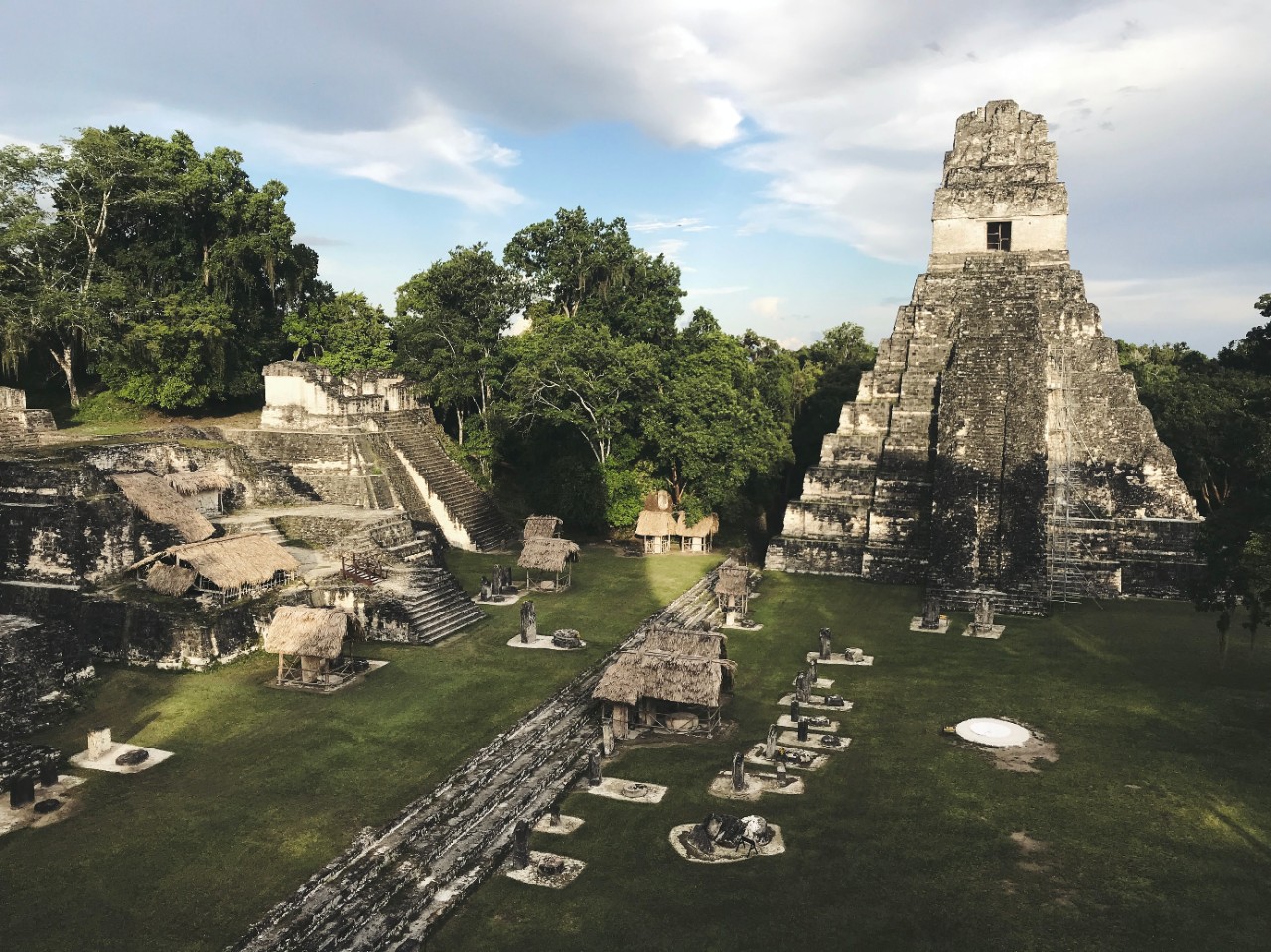
Smithsonian: UC researchers uncover ancient Maya water filtration
UC archaeologists discover sophisticated filtration system at Tikal
Smithsonian Magazine highlighted the discovery by University of Cincinnati archaeologists of an advanced filtration system in the ancient Maya city of Tikal.
UC anthropology professor Kenneth Barnett Tankersley led a multidisciplinary archaeology team that included biologists and geographers in what is now northern Guatemala.

Kenneth Tankersley. Photo/Provided
They found that the ancient Maya imported natural minerals, including quartz and zeolite, for a water filtration system in the Corriental reservoir, believed to be an important source of drinking water for residents of the prehistoric city.
UC’s discovery was published in the journal Scientific Reports.
“What’s interesting is this system would still be effective today and the Maya discovered it more than 2,000 years ago," Tankersley said.
Science Magazine also joined the international media that took interest in UC's findings.
Tikal was a bustling city for about 1,000 years, reaching its peak of population density around the seventh century, according to Science.
“It was one of the preeminent Maya cities,” UC geography professor Nicholas Dunning told Science.
Featured image at top: The ancient Maya city of Tikal in Guatemala. Photo/Jimmy Baum/Wikimedia Commons
UC's ancient Maya insights in the news

A temple rises above the rainforest in the ancient Maya city of Tikal. Photo/David Lentz
Yahoo! News: Ancient Maya built sophisticated water filters that 'would still work today'
Daily Mail: Ancient Maya water purification system 'would still work today,' study shows
Science Daily: Ancient Maya built sophisticated water filters
The Independent: Ancient Mayan societies built sophisticated water filters using materials used in modern purification systems
Daily Express: Archaeology news: Maya built water filtration systems that would be effective today
Sci-News: Ancient Maya used zeolite and quartz to filter drinking water
The Science Times: New archaeological dig finds advanced water filters from Maya civilization
Related Stories
Don't make it easy for thieves to steal your car
January 9, 2026
Professor Cory Habermann speaks to Spectrum News 1 on car theft.
Removing Barriers to Higher Education
January 8, 2026
Cincinnati media covered the rollout of the Bearcat Affordability Grant which provdes a pathway to tuition-free college for students of famlies who make less than $75,000 per year and are residents of the state of Ohio.
The biggest skin-care trends of 2026 go back to basics
January 8, 2026
The University of Cincinnati's Kelly Dobos was featured in an Allure article discussing the biggest skin-care trends of 2026.
